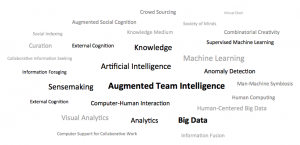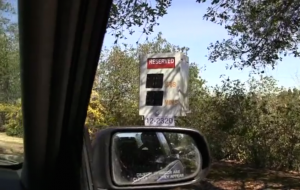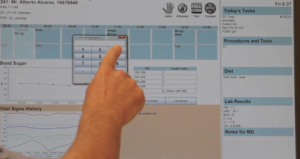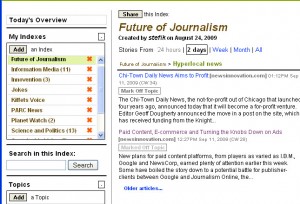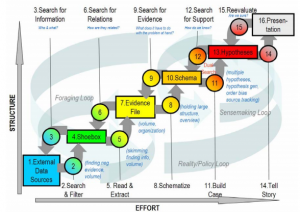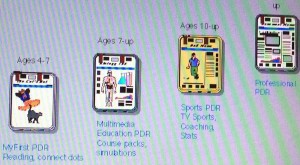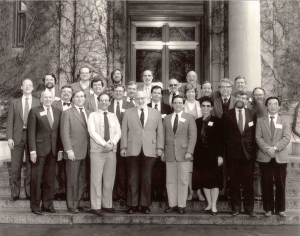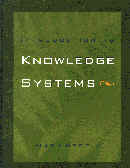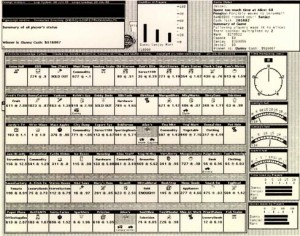XAI COGLE (Common Ground Explanation and Learning)
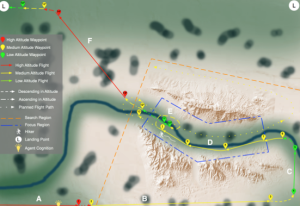
Artificial intelligence systems are performing increasingly complex activities. Systems built by machine learning offer tremendous benefits, but their usual lack of transparency raises issues about understanding and trusting them. Under what circumstances will the AIs do the right thing? The machine-learned systems generally cannot tell us why they do what they do, and they do not know whether they have learned everything they need to do their jobs properly. COGLE is a DARPA project at PARC done in collaboration with Carnegie Mellon University, the Institute for Human and Machine Cognition, West Point, the University of Edinburgh, and the University of Michigan. It is part of a government-sponsored research program on “Explainable Artificial Intelligence.”
This project developed CitySight™, a web-based performance management system for all levels of a parking and traffic agency. CitySight™ combines data analytics and communications technology to help agencies develop smarter, better managed cities. The first release of the CitySight™ product was in June 2015. In November 2016, the second iteration of CitySight was released in Denver. A third phase of CitySight was under development when Xerox split into two companies. The transportation business is now part of the Conduent Company (and PARC is part of Xerox).
Augmented Team Intelligence (ATI)
We are in the early stages of creating projects and a research program that explores augmented team intelligence. ATI is about systems whose intelligence arises from the combined activities of teams of people and computers. When people with expertise in different areas work together, they can accomplish things that none of them could do on their own. Computers can also have advantaged abilities such as the ability to rapidly process large collections of information and the ability to rigorously generate solutions in combinatorial spaces. ATI seeks to create computer-supported teams that perform better than the best people or the best computers alone. For example, it can combine machine learning techniques working over big data with human subject matter experts in different areas to solve problems faster and more accurately than previously possible.
The Parking Services project at PARC (2011-2013) was with the Government and Transportation Sector Group of Xerox Services. It was a multidisciplinary project that included ethnographers and hardware and software engineers from three PARC laboratories. We worked with urban departments of transportation in several U.S. and European cities that are interested in understanding and addressing parking issues around congestion, public safety, and public policy. The project developed hardware and software prototypes of new generation parking systems and services.
The “Digital Nurse Assistant” (aka DNA project) was a joint project with a major health care provider in the Bay Area in 2011-2012. It included ethnographers, software engineers, and workflow modelers from two PARC laboratories. Maarten Sierhuis led the project in 2011 and the team created a demonstraton system in PARC’s “DNA lab”. The project goal was to improve the quality of patient care in a hospital setting and also reduce cost by managing healthcare resources. In 2012, Peter Jarvis and I tried to help a development team with Xerox Services to develop it as a product.
Kiffets (Social Indexing & personalized news)
With the growth of online information, many people are challenged in finding and reading the information most important for their interests. From 2008-2010 we built an experimental personalized news system where readers can subscribe to organized channels of information that are curated by experts. AI technology was employed to radically reduce the work load of curators, and to efficiently present information to readers. The system has gone through three implementation cycles and processed over 16 million news stories from about 12,000 RSS feeds on over 8000 topics.
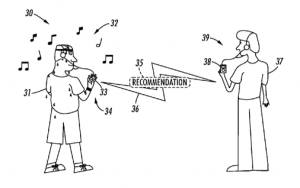
Although iPods and the surrounding infrastructure of iTunes had radically simplified digital music, I felt it t should be much easier to encounter, discover and promote new music. How can we remove friction from discovering music, recommending music, and acting on recommendations to purchase music? Making that really easy requires delving into the social dimensions of music. This project explored how extreme ease-of-use could guide the design of next generation social music services.
.
Wikipedia defines sensemaking as the process by which people give meaning to experience. In a 1993 paper we introduced sensemaking to CHI with a study of the cost structure of several tasks involving gathering, organizing, and using information. Today the term “sensemaking” is a well-known term of art in technologies and systems for analytics, big data, government funded research programs in intelligence analysis.
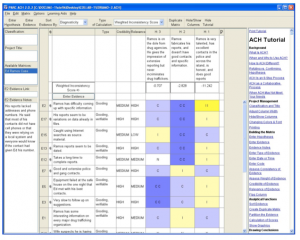
In the context of a research contract for U.S. intelligence agencies, we wanted to develop a tool for managing the analysis of completing hypotheses based on the work of Richards Heuer. Working with Heuer, we designed a program, ACH, that is publicly available without charge and runs on most computers.
DRM: Digital Rights Management
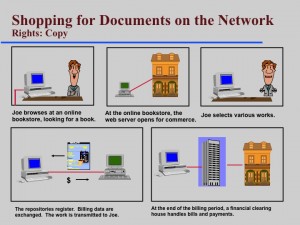
Digital rights management is a technology that enables distributing and selling digital works such as digitally-encoded movies, music, books, and computer games over a network. It is intended to make downloading and purchasing of digital content convenient for consumers and secure for authors and publishers. This project led directly to the creation of ContentGuard as a spin out joint venture from Xerox.
National Collaboratory Workshop
When Joshua Lederberg and Keith Uncapher organized a workshop (photo above) to explore this idea at the Rockefeller University in March 1989, I was invited to join. There I led a subgroup to identify services and technologies that could provide the necessary infrastructure. Ultimately this led to a national program with several collaboratories in marine biology, astronomy, and other areas.
Talk at Danny Bobrow’s Festschrift
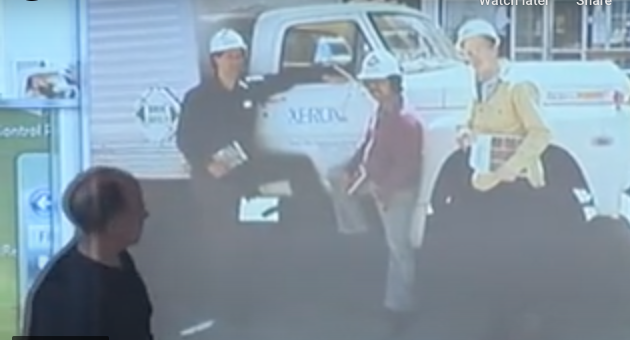
On March 26, 2008, PARC celebrated a Festschrift for Daniel Bobrow’s Festschrift — a celebration of his research. Bobrow and Stefik worked closely together on several projects from 1980 to 1990. This talk was a lighthearted recounting of them working together for that decade.
Colab (Electronic Meeting Room)
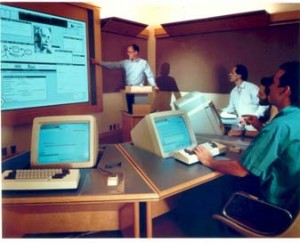
The Colab project was born out of frustration in the late 1980s. Researchers in PARC’s Knowledge Systems Area were enthusiastic users of white boards. We covered the boards with diagrams and writings as we designed programs and various formal representations of circuits. We outlined papers together, and even had an effective brainstorming process for incrementally developing our ideas. But after a meeting we wanted to capture the information in our computers. This meant moving a workstation to the white board area, booting it up, and typing in the information.
We wondered how we could capture the benefits of our collaboration during our meetings. We had the idea of creating “public windows” on our workstations. We wanted to create software that would allow any of us to write or edit in a window, and arrange it so that others in the group — at their networked workstations — could access and share the information. We decided to build a room — the “CoLab” (or collaboration laboratory) — to house the workstations.
The early 1980’s were a period of rapid development of AI technology and PARC was one of the major centers. One reason was the advantage provided by early workstations (Lisp machines) with advances in speed, memory, integrated programming environments, and interactivity that favored the development of prototype expert systems. Most of the knowledge systems projects at PARC focused on knowledge-based design — ranging from VLSI design projects with Stanford to configuration systems for Xerox copiers. Another development from this period was the writing of a comprehensive textbook on foundations and practice of building knowledge systems.
The Molgen project at Stanford was a collaboration between the Heuristic Programming Project in the Computer Science Department and the Genetics Department at Stanford University in the late 1970s. Participating faculty in the Genetics department included Joshua Lederberg, Douglas Brutlag, and Lawrence Kedes. Faculty on the Computer Science side included Edward Feigenbaum, Bruce Buchanan, and visiting professor Nancy Martin. Molgen research explored the planning of experiments in molecular genetics. Peter Friedland and I were the first two students and we took complementary approaches to planning. Peter developed an approach to planning that began by finding relevant “skeletal plans” and then refining them. I developed a multi-level planning approach that explicitly represented abstract plans and the constraints among sub-plans. Both of our approaches represented genetics knowledge and planned realistic genetics experiments such as were being published in the genetics scientific literature at the time.
Programming and Knowledge Representation Languages
My work on knowledge systems has often interleaved with work on computer languages and environments. During my dissertation, I developed a frame-based representation language (Units), which was the basis for Intellicorp’s KEE product. At PARC, my first foray into computer languages was with Danny Bobrow on Loops, which became the object-oriented environment in Interlisp-D and included the Truckin‘ knowledge competition game. The Loops work later led us to contribute to the design of CommonLoops which became the object programming specification for CommonLisp.


